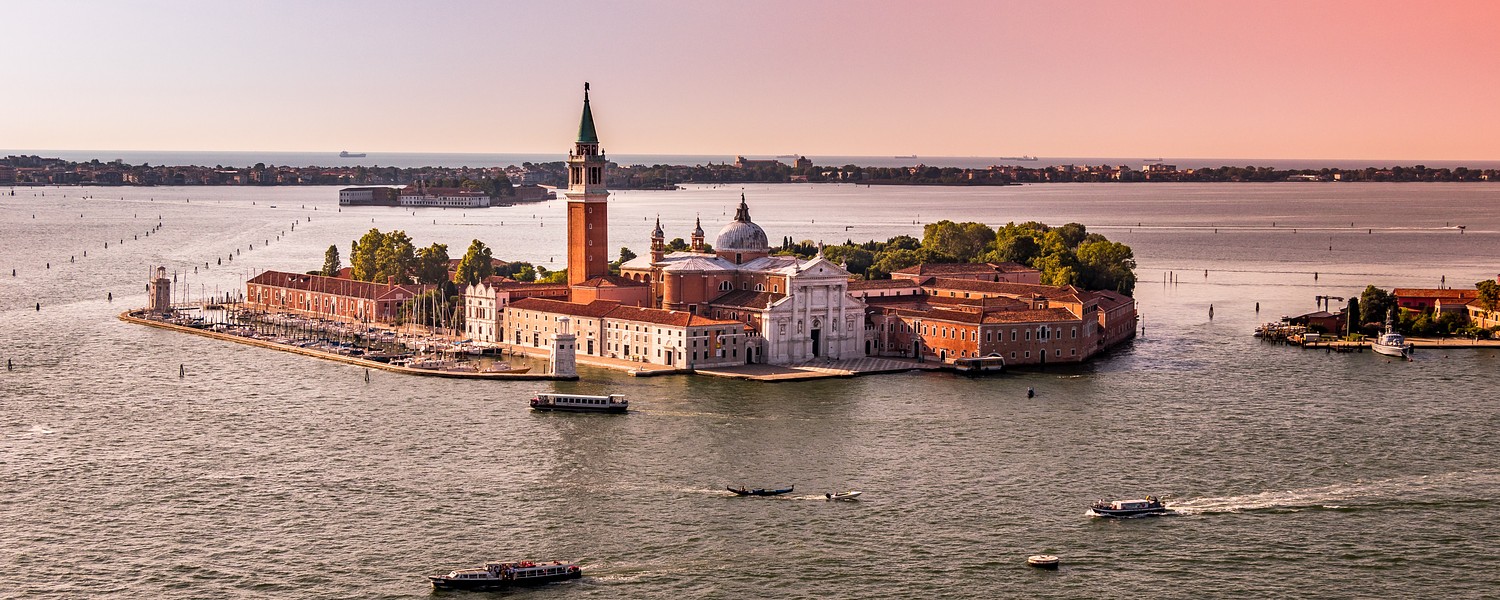
Provided by:
Andreas M/Unsplash

Our travel guides are free to read and explore online. If you want to get your own copy, the full travel guide for this destination is available to you offline* to bring along anywhere or print for your trip.
*this will be downloaded as a PDF.Price
€4,95
The City
The guide was updated:
Historical pieces of evidence suggest that refugees founded Venice. When Germanic tribes ravaged northern Italy in the 5th century, many mainlanders escaped to this difficult-to-access area on the Adriatic Sea.
Over the centuries, the refugee community grew into the most powerful trading port in the Mediterranean. At its peak, Venice counted 3,000 trade ships and 300 navy vessels. After Napoleon's fall, it became part of the Austrian Kingdom of Lombardy-Venetia, but after the uprising in 1848, the city reached its independence once again. Shortly after, in 1866, Venice was annexed to the Kingdom of Italy. 1932 saw the opening of the motor and rail bridge between Venice and the mainland, which led this city to come out on top as a tourist destination.
It can be a bit hard to navigate around the city, but don't let that put you off, as this is part of Venice's charm. Leave the other tourists at St Mark's Square and the Rialto Bridge and explore the maze-like little neighbourhoods instead. The most interesting areas and islands are Cannaregio, San Polo/Santa Croce, Dorsoduro, San Marco, and Castello.
Over the centuries, the refugee community grew into the most powerful trading port in the Mediterranean. At its peak, Venice counted 3,000 trade ships and 300 navy vessels. After Napoleon's fall, it became part of the Austrian Kingdom of Lombardy-Venetia, but after the uprising in 1848, the city reached its independence once again. Shortly after, in 1866, Venice was annexed to the Kingdom of Italy. 1932 saw the opening of the motor and rail bridge between Venice and the mainland, which led this city to come out on top as a tourist destination.
It can be a bit hard to navigate around the city, but don't let that put you off, as this is part of Venice's charm. Leave the other tourists at St Mark's Square and the Rialto Bridge and explore the maze-like little neighbourhoods instead. The most interesting areas and islands are Cannaregio, San Polo/Santa Croce, Dorsoduro, San Marco, and Castello.


